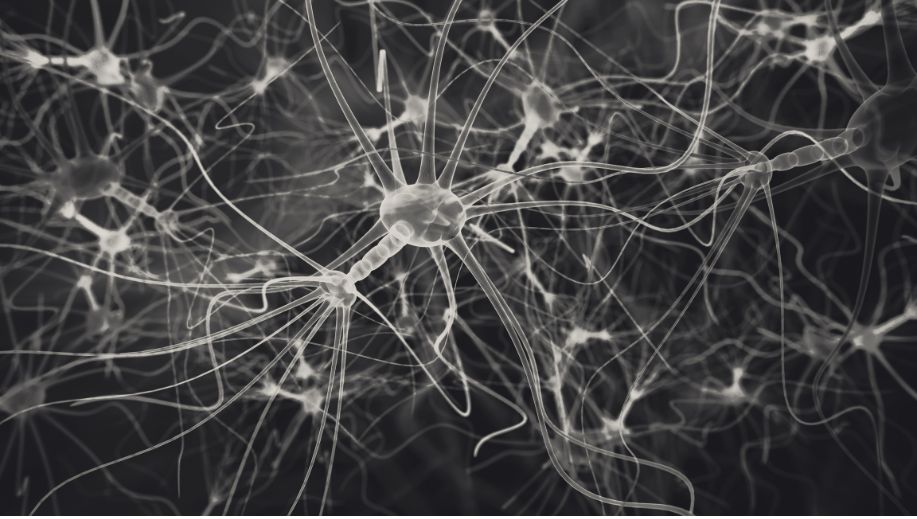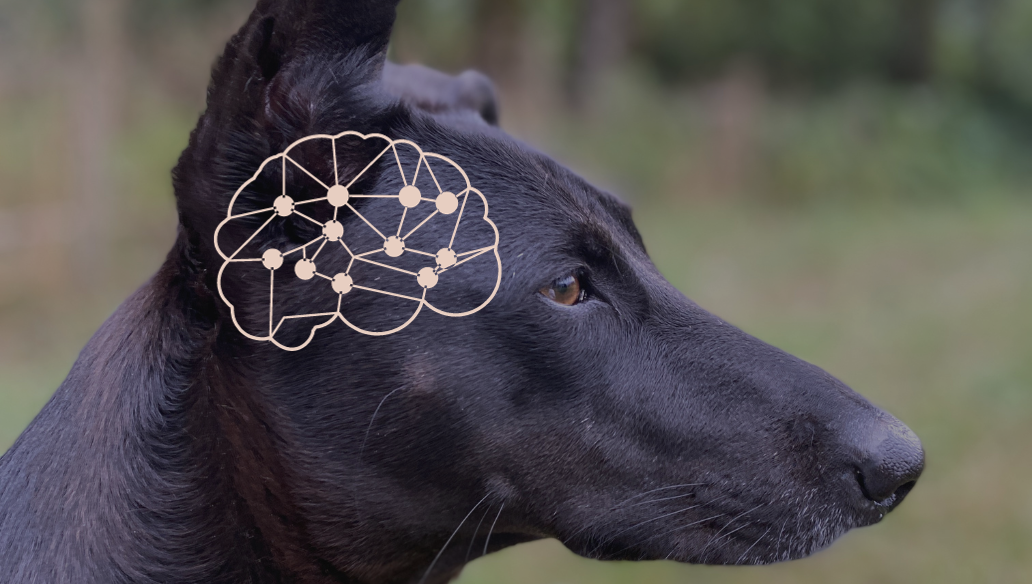It’s safe to say that one of the most life-changing, course-correcting events in my life was when I opened up the Medical Medium book by Anthony William. After a lifetime of mystery chronic illness, someone was finally speaking a language that resonated so deeply, explaining the root causes behind mystery illnesses like my own that none of the zillion doctors, naturopaths and alternative healers had ever been able to do. And when his book Brain Saver came a few years later with its in-depth explanation of anxiety—which was a big part of my own health picture—it was a tears welling up, need to close the book and take a pause to process type of situation. FINALLY. Something that made sense.
For anyone who’s experienced chronic anxiety, in this world that we live in, the blame tends to come back on you. It’s your perspective, you’re thinking the wrong thoughts, etc. But the truth is that in a chronic anxiety disorder, there are real physical vulnerabilities at the root. Which is not at all your fault. And when it comes to our dogs, what a perfect example of a pure living being who didn’t just choose to think negative anxiety-inducing thoughts.

Now, I won’t even pretend to have all the answers because how could us humans ever claim to fully understand the complex emotions of our dogs who can’t exactly give us the play-by-play of what they’re thinking and feeling. But after much time spent learning these concepts explained by Anthony William, matching them up with my own experience with anxiety and some careful observation of my two severely anxious dogs (I know, what a great combo), I am extremely confident that there is a connection to be made here. So let’s get into it.
Neurotoxic Substances in the Brain: Toxic Heavy Metals
Toxic heavy metals like mercury, aluminum, copper, cadmium, barium, etc. are substances that both us and our dogs were never meant to be exposed to. But since the industrial revolution, these metals have been unearthed and used in many ways that make them extremely tough for us to avoid in our daily lives. Whether it’s the polluted air we breath, the water we drink, the pesticides on our produce, the herbicides on the grass, the pharmaceuticals we take or even the medical treatments that are directly injected into us as babies and puppies, we are inundated with them. And the big problem here is that they are absolutely detrimental to our health and the proper functioning of our brains.
Toxic heavy metals reeeeally shouldn’t even be entering our bodies but the hope is that if they do, our liver would filter them out and remove them. But for both us and our dogs, our livers are often overworked and sluggish and they really just can’t catch it all. And a further problem to this picture is that when toxic heavy metals enter our bloodstream, due to their metallic electrical charge they are drawn through the blood-brain barrier via the mechanism that is meant to draw in critical brain-supporting trace minerals. It’s like they sneak into the party. And then crash the party, creating total chaos.

As the brain is a complex electrical grid, you can imagine if someone just stuck a metal fork into the middle of an electrical current, what might happen. And when you think of electrical messages in the form of neurotransmitters running neuron to neuron, with heavy metals in the mix, it’s very similar. Major disruption of proper brain function and communication. Heavy metals also raise the level of heat in the brain as the heat conductors that they are, burning out neurotransmitters like serotonin, GABA, etc., counteracting the beneficial function of trace minerals and damaging brain tissue. Absolute sh*t disturbers. I’m trying to simplify and make light of it here but it really and truly is devastating how these metals can destroy neurological health and cause so many other health issues.

The other complicated issue with these substances is that they don’t just leave the brain on their own without an individual taking very specific steps to detoxify them from the body. And since we haven’t had the knowledge or the tools until recently, these metals have been passed through generation to generation, as they are passed on through conception and a mother’s womb.
What about breed, genetics, trauma, early life experiences?
Something I always keep top of mind when it comes to canine specific anxiety is that there is more to consider and some unknowns that come along with the fact that dogs are different from us humans. Yes some breeds will tend to be more alert and less friendly than others. Yes there are fear periods and important socialization periods to think about. Yes stress hormones can be passed on in the womb. And yes absolutely trauma can play a big role in the state of the nervous system (so much more discussion on this topic to come).
But from what I’ve observed in my own dogs as well as many others, is that there’s something else going on here. A well-socialized dog without trauma can suffer with anxiety. And on the other side of that, a dog who’s been through traumatic events can come out of it relatively unaffected and well-adjusted, going on to live a happy normal life (again, lots to come on the physical effects of trauma on the brain and why some are more resilient to it than others).
Ok so what do we do about it?
Well, that’s what this whole thing is all about. The wonderful thing about being taught more about toxic heavy metals is that we weren’t just left with a problem and no solution. We were given the knowledge and guidance of how to remove them safely from the body through nutrition. And I’ve spent the last few years studying canine nutrition, translating this as best as I can into how it can work optimally for our carnivorous dogs.
Humans who have been addressing their own toxic heavy metal load are completely turning their lives around, becoming free from lifetimes of chronic unexplainable anxiety. Epileptics removing metals from their bodies are becoming seizure-free (another topic completely but I think appropriate to drop in here as dogs who struggle with epilepsy often struggle with anxiety due to the same root cause. Again, more to come on this).
In the case of dogs and as something that hasn’t been done before, it’s all still a bit of an experiment and it’s not an overnight solution. It’s a slow and steady process but one that I know with every fiber of my being is worth pursuing. And with the side effects of just vastly improved overall health, it’s a ‘risk’ I’m willing to take.
If this is something that you’re interested in addressing for your dog, feel free to reach out.
Let me know your thoughts below! This is a conversation worth opening up so that we can share thoughts, stories and experiences which are incredibly valuable on this journey to calmer and more peaceful lives for our best dog friends.
For a more in-depth explanation of anxiety check out Anthony William’s article and podcast here: Anxiety: They Say it’s All in Your Head
And for an even deeper dive than that: Medical Medium Brain Saver

Comments +